Last updated: September 2025
Whether you’re a tenant in Austin, a landlord in Dallas, or a housing advisor abroad, understanding Texas rental assistance income verification is essential. Rental assistance programs help households stay in their homes by subsidizing rent and utilities. Every program—from the Texas Department of Housing and Community Affairs’ Tenant‑Based Rental Assistance (TBRA) to federal relief initiatives—requires clear proof of income and identity. Applicants must gather pay stubs, tax forms, bank statements, and benefit letters to show they meet income limits and eligibility rules. FinancialDocsProvider.com helps organize and format these documents so you can submit a clear, compliant application without altering facts. :contentReference[oaicite:0]{index=0}
Below is a quick primer on the organizations, forms, and concepts you’ll encounter when applying for rental assistance. Keep this page handy as you prepare your file.
- Related Entities & Terms
- Documents & Forms: pay stub (payslip, paycheque), bank statement, W‑2, 1099‑NEC/1099‑K, T4/T4A (Canada), P60/P45/SA302 (UK), Notice of Assessment (NOA), profit‑and‑loss statement, proof of income letter.
- Programs & Agencies: Texas Department of Housing and Community Affairs (TDHCA), Housing Choice Voucher (Section 8), Tenant‑Based Rental Assistance (TBRA), Emergency Rental Assistance (ERA), Housing Benefit (UK), Canada Housing Benefit, local Public Housing Authorities (PHAs).
- Regulators: Consumer Financial Protection Bureau (CFPB), Federal Trade Commission (FTC), Internal Revenue Service (IRS), Financial Conduct Authority (FCA), HM Revenue & Customs (HMRC), Financial Consumer Agency of Canada (FCAC), Canada Revenue Agency (CRA).
- Concepts: gross vs. net pay, area median family income (AMFI), self‑employed income, child support and alimony, social security benefits, gig‑worker earnings, third‑party verification.
Read on to learn how income verification works in Texas, what kinds of document edits are legal, and how professional formatting can help you get approved faster.
What are the legal basics of Texas rental assistance and income verification?
Texas programs follow federal HUD rules and state guidance from TDHCA. Eligibility hinges on household income compared to Area Median Family Income (often at or below 80%). Clear, consistent documentation is the cornerstone of approval.
In practice, you’ll provide a mix of pay stubs, tax returns, bank statements, and official benefit letters. Programs may accept written self‑attestations when paired with supporting records such as W‑2s, 1099s, tax filings, or bank statements. That flexibility helps applicants who lack traditional paperwork, but accuracy is non‑negotiable.
Falsifying or inflating income is prohibited. Altering numbers, dates, or payees constitutes fraud and can lead to denial of assistance or criminal penalties. A compliance‑first approach means presenting your documents clearly while keeping all amounts and dates exactly as issued.
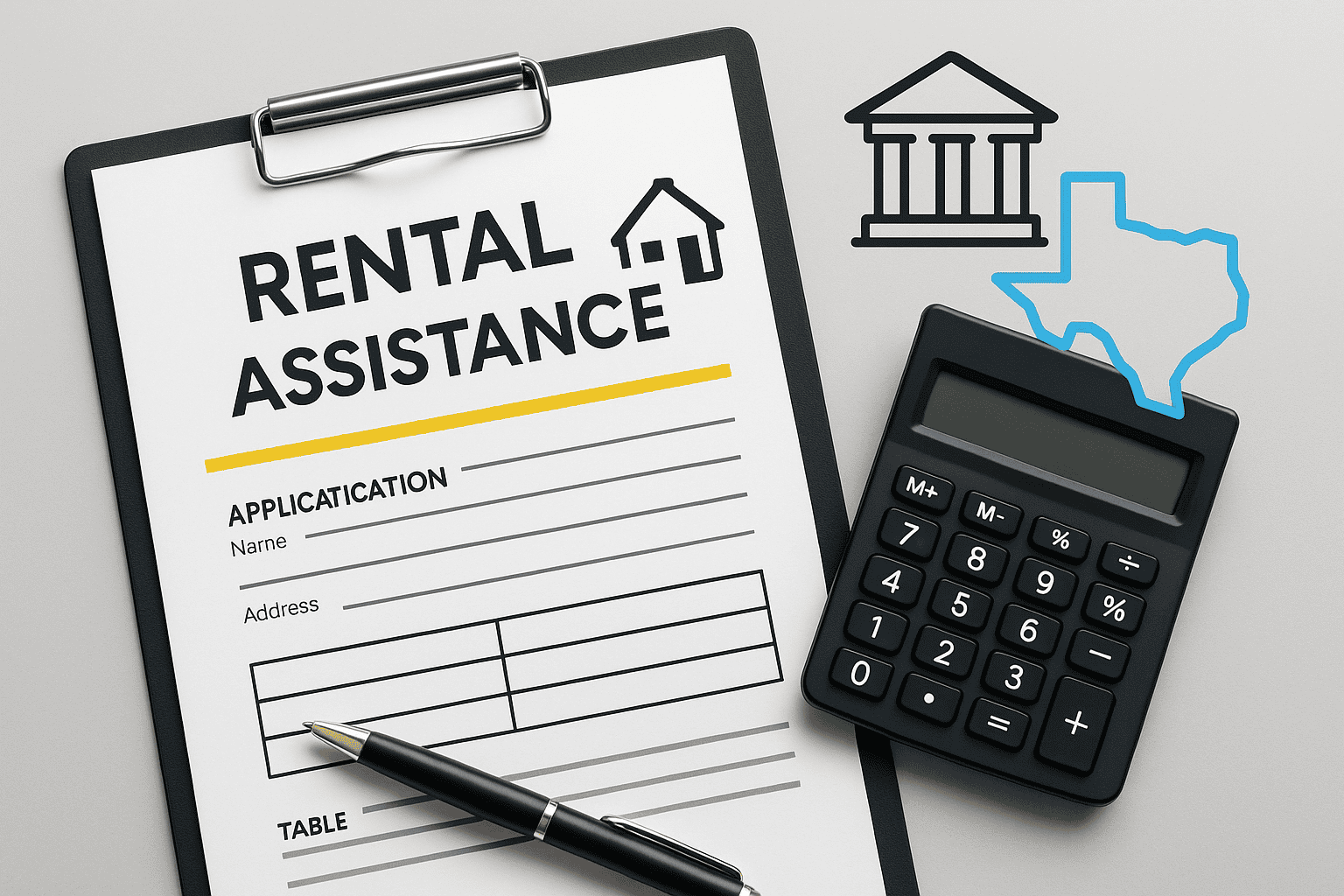
Here’s how the legal landscape breaks down across regions:
United States (Texas focus)
Texas rental programs typically require:
- Income documentation: Two to six months of pay stubs, W‑2s or 1099s, and a recent federal tax return.
- Bank statements: Several months of statements showing balances and deposit history, including savings accounts.
- Other evidence: Social Security award letters, child support or alimony documentation, and—if self‑employed—profit‑and‑loss statements.
- Identity and residency: Government‑issued IDs, a current lease, and proof you live in the relevant jurisdiction.
Many Texas landlords use simple thresholds, such as monthly income at or above three times the rent. Public programs, by contrast, evaluate total household income and may independently verify wages with employers, tax data, or public records.
United Kingdom
UK schemes like Housing Benefit or Universal Credit ask for payslips, bank statements, P60s, and self‑assessment returns. Landlords also perform “Right to Rent” checks. Editing to conceal overdrafts or change amounts breaches the Fraud Act 2006 and can result in prosecution.
Canada
Canadian programs, including the Canada Housing Benefit and provincial supplements, use pay stubs, T4/T4A slips, an NOA, and bank statements. Agencies stress accurate disclosure; falsifying information to access subsidies can trigger penalties. Redact sensitive data prudently, but never alter income figures.
Which edits are allowed?
Not all changes are fraudulent. Programs accept documents formatted for readability as long as the financial facts remain intact. Think presentation, not alteration.
- Redaction of sensitive data: Remove account numbers, personal addresses, and unrelated transactions to protect privacy. Keep deposit dates, amounts, and payee names visible.
- Improved legibility: Re‑scan at high resolution, adjust brightness/contrast, and combine multi‑page files into a single, clean PDF.
- Organization and pagination: Sort chronologically, label pages, and highlight recurring deposits. Make PDFs text‑searchable.
- File format conversions: Convert images to PDF or export spreadsheets to PDF if required for e‑filing.
- Authorized translations: Provide certified translations with the original when documents aren’t in English.
- Clarifying annotations: Add brief cover notes (not edits to the documents) explaining irregular pay cycles, tips, or commission timing.
Permitted edits enhance clarity so reviewers can confirm income quickly. A compliance‑first editor ensures your materials look professional without changing any amounts or dates.
- ✔️ Allowed: Redacting account numbers; combining pages; improving scan quality; certified translations.
- ❌ Illegal: Changing deposit amounts, altering dates, inventing employers, or editing W‑2/1099 totals.
Altering financial facts is fraudulent and can lead to penalties, eviction, or denial of assistance. When in doubt, consult regulators or program administrators.
Which edits are illegal and risky?
Illegal edits misrepresent income, identity, or rental obligations. Consequences can include denial of aid, repayment demands, fines, eviction, or criminal charges. If a change would trick a reviewer, don’t do it.
- Falsifying income: Changing gross or net pay, adding phantom overtime/bonuses, or inflating self‑employment revenue.
- Manipulating dates: Altering coverage periods on pay stubs or statements to hide gaps in employment or income.
- Inventing employers or vendors: Creating fake letterhead or adding bogus deposit descriptions to match “proof.”
- Removing negative information: Deleting overdraft fees, returned payments, or prior notices to appear more creditworthy.
- Forging signatures or seals: Signing a landlord’s name or imitating an agency stamp.
- Metadata tampering: Editing PDF content while trying to mask the changes in file properties or revision history.
Agencies share information, run cross‑checks, and request originals when needed. Attempts to conceal issues in one place often surface elsewhere. Submit authentic documents and let professionals handle formatting.
When do you need professional document formatting?
Professional formatting is about clarity, not fabrication. It is especially useful when reviewers must process many applications quickly. A clean, consistent package reduces follow‑up questions and helps you meet deadlines.
Renting an apartment in Texas
Imagine applying for a two‑bedroom in Austin. The landlord asks for three months of pay stubs, your most recent W‑2, and three months of bank statements. You earn a base salary plus commission and freelance on weekends.
- Line up pay stubs with bank deposits. If deposit descriptions differ from your employer name, include a short cover note explaining why.
- Bundle your W‑2 with a year‑to‑date summary so reviewers can see base versus variable income at a glance.
- Redact unrelated transactions while keeping regular salary deposits and rent payments visible.
- Include a brief rent‑to‑income summary. Many landlords look for monthly income around three times the rent.
Applying for an SBA loan or auto financing
For small‑business owners or gig workers, proof of income extends beyond pay stubs. You may need profit‑and‑loss statements, 1099 forms, invoices, and bank statements that show cash flow clearly.
- Summarize quarterly earnings and cross‑reference them with deposits.
- Organize 1099‑K and 1099‑NEC forms alongside Stripe, PayPal, or Square payouts.
- Separate business and personal statements, then show how funds flow without commingling.
- Highlight recurring revenue and note any seasonal fluctuations.
Self‑employed and gig workers
Irregular income does not have to derail your application. What matters is a transparent, well‑labeled story that connects invoices, deposits, and annual filings.
- Create a monthly summary showing average earnings and variance.
- Include benefit letters if applicable (Social Security, unemployment, disability) and keep them current.
- Make sure bank statements show regular deposits from clients or platforms so reviewers can match amounts quickly.
- Attach a brief note explaining pay cycles, platform payout schedules, or cash tips.
Regardless of your situation, professional formatting saves time. When documentation is complete, organized, and legible, reviewers can verify income faster and with fewer follow‑ups.
For more insights on the interplay between pay stubs and bank statements, check out our guide on Atlanta landlords’ rules or our article comparing pay stubs versus bank statements for proof of income. These resources cover regional nuances you can apply beyond Texas.
How does our process work?
FinancialDocsProvider.com specializes in formatting and organizing financial documents for tenants, loan applicants, and small businesses. Our process is transparent and compliance‑first. We never change amounts, dates, or parties—ever.
- Intake and consultation: Use our secure portal to upload pay stubs, bank statements, tax returns, and other documents. We never request passwords or sensitive data by email.
- Reconciliation: We cross‑check pay stubs, deposits, and tax filings. If something doesn’t match, we flag it for you; we do not “fix” numbers.
- Formatting and redaction: We enhance legibility, paginate, merge files, and redact unnecessary personal data. We can prepare accessible PDFs and printed packets on request.
- Delivery: Within 24–48 hours, you receive a polished package ready for submission. This helps you meet typical verification timelines when documents are complete.
Throughout, we uphold confidentiality and data security. We comply with privacy frameworks across the US, UK, and Canada (including GDPR and PIPEDA) and retain files only as long as needed to deliver the service.
What’s on the compliance checklist?
Use this checklist before submitting any rental assistance application. It reduces delays, prevents rework, and keeps you within program rules. Tailor it to your local agency’s instructions.
Gather proof of income
- Collect at least three months of pay stubs or wage statements. If self‑employed, prepare a profit‑and‑loss statement and recent invoices.
- Obtain your latest W‑2 or 1099 forms and most recent federal tax return. Canadian applicants should gather T4 slips and a Notice of Assessment; UK applicants should have P60/P45/SA302 forms.
- Download the last six months of bank and savings statements. Highlight recurring deposits and remove pages that don’t show income.
- Include benefit letters for Social Security, disability, unemployment, or child support. Many programs count these as supplemental income.
Prepare supporting documents
- Proof of residency: a current lease, utility bill, or government‑issued ID showing your address.
- Identification: driver’s license, passport, or other government ID for all adult household members.
- Eviction notices or past‑due rent statements if applying for emergency assistance.
- Self‑attestation forms when permitted, paired with supporting documents.
Format and package
- Review every page for legibility. Re‑scan or re‑photograph faint or cropped pages.
- Merge documents by type (all pay stubs together, then bank statements) and add page numbers.
- Redact non‑essential personal data but leave deposit amounts, pay dates, and payee names visible. Never alter numbers.
- Save files as PDFs. Many agencies reject screenshots or image files.
- Use a clear naming convention:
LastName_DocumentType_Date.pdf.
What red flags cause statement rejections?
Reviewers are trained to spot inconsistencies. Eliminate these issues before you submit. A few minutes of quality control can prevent weeks of delay.
- Inconsistent income: Deposits don’t match pay stubs or tax returns.
- Mismatched names: Different names across documents (e.g., maiden vs. married). Use the same legal name consistently.
- Missing pages: Include all pages, even those with only disclosures or totals.
- Poor scans: Dark, blurry, or incomplete scans slow review and can trigger rejection.
- Out‑of‑date materials: Submitting documents older than the program’s window (often 60–90 days) can make you ineligible.
- Unexplained cash deposits: Large cash entries need an explanation (invoice, benefit letter, or note).
- Obvious PDF edits: Misaligned text, mixed fonts, or artifacts that suggest tampering.
- Metadata anomalies: File properties showing recent content edits to documents that should be static.
Where can you find official guidance and further resources?
When in doubt, go straight to the source. Texas rental assistance income verification draws on state and federal rules, so official sites are your best reference. Explore these links and then use our internal guides for packaging tips.
- Texas Department of Housing and Community Affairs (TDHCA) – administers Tenant‑Based Rental Assistance and other housing programs in Texas.
- U.S. Department of the Treasury – Income Verification Guidance – outlines acceptable methods for verifying income, including pay stubs, W‑2s, 1099s, tax filings, and bank statements.
- City of San Marcos TBRA Program – details eligibility criteria, income limits, and required documentation.
- U.S. Department of Housing and Urban Development (HUD) – provides federal guidelines for Housing Choice Voucher (Section 8) programs and income verifications.
For more practical advice, explore our internal resources:
- Proof of income editing and formatting services – see how we redact, format, and organize bank statements and pay stubs.
- Bank statements vs pay stubs for rent – when landlords prefer each document and how to package them.
- Self‑employed SBA loan document checklist – tips for preparing profit‑and‑loss statements and related records.
- Pricing – transparent plans for document formatting and verification packages.
- Contact our team – personalized help for your situation.
- About our process – learn more about our compliance‑first philosophy and expertise.
FAQs
Below are concise answers to common questions about eligibility, documentation, and timelines. Always confirm details with your specific program or local housing authority, as rules can vary and may change during funding cycles.
- How much rental assistance can I receive in Texas?
- Programs vary. For example, the City of San Antonio’s rental assistance program offers up to three consecutive months of rent and utility assistance, with a maximum of US$3,500 for rent and US$1,500 for utilities (funds are paid directly to landlords and utility providers). Other programs may provide assistance for up to 24 months. Always check the specific program’s limits.
- What documentation do I need to prove my income?
- Typically you’ll need recent pay stubs, W‑2s or 1099s, federal tax returns, and bank statements. Many programs require six months of bank statements and the most recent tax return. If you’re self‑employed, include profit‑and‑loss statements, invoices, and benefits letters. The U.S. Treasury notes that pay stubs, W‑2s, 1099s, tax filings, and bank statements are acceptable.
- How long does income verification take?
- When documents are complete and organised, landlords and housing agencies can verify income in 24–48 hours. Incomplete or inconsistent documents may lead to longer processing times. Using a formatting service helps ensure your package is ready for quick review.
- Can self‑employed or gig‑economy workers qualify for rental assistance?
- Yes. Self‑employed applicants can submit profit‑and‑loss statements, 1099 forms, and bank statements. Landlords or agencies may also accept benefits letters such as Social Security or unemployment. It’s important to show consistent income and to organize documents clearly.
- Is it legal to edit my bank statements or pay stubs?
- Editing documents for clarity (redacting account numbers, improving legibility, merging pages) is allowed. However, altering amounts, dates, or parties is illegal. Falsifying documents can lead to denial of assistance and legal penalties. Always work with professionals who follow a compliance‑first approach.
Need accurate, reliable financial documents fast? Contact FinancialDocsProvider.com now.


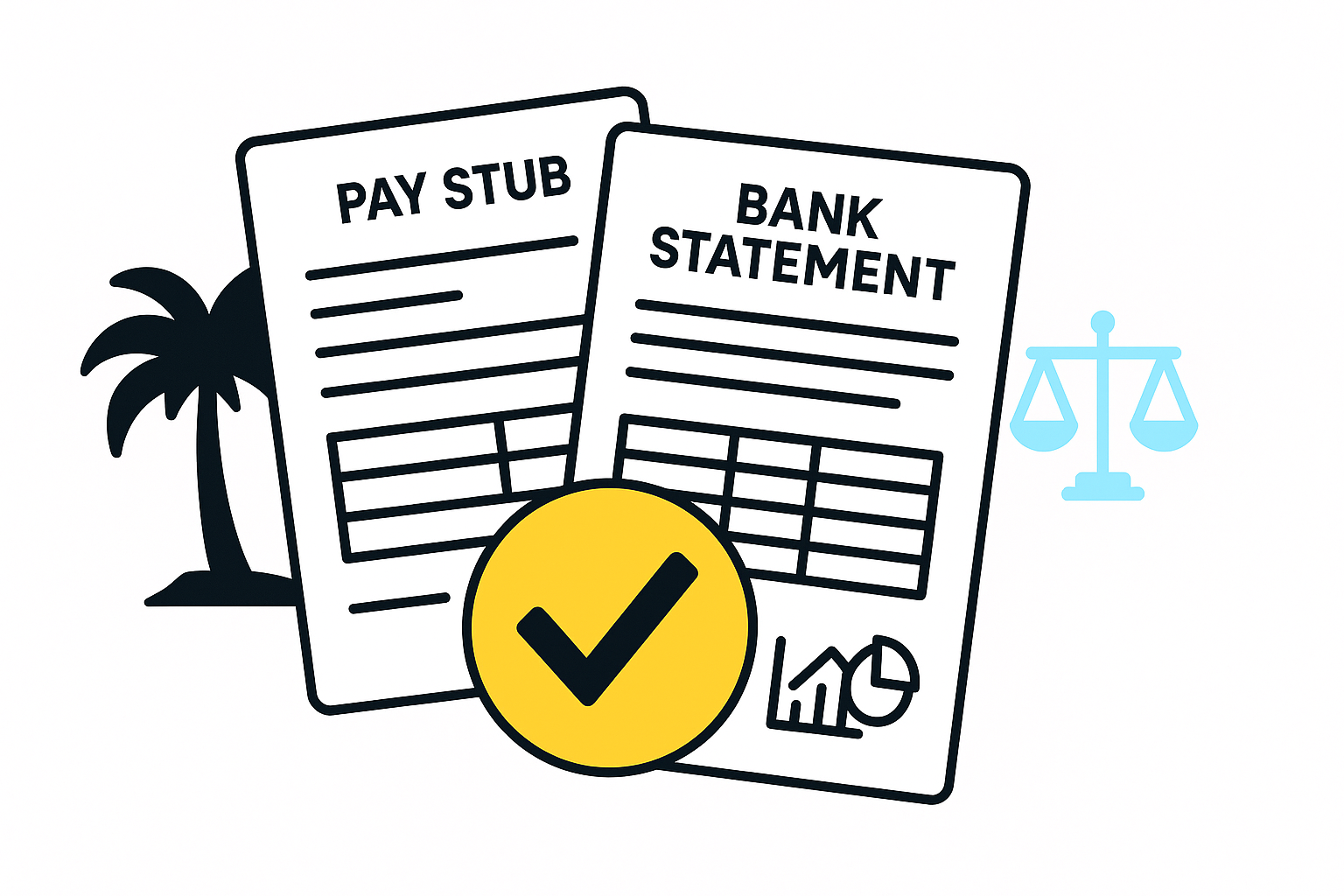
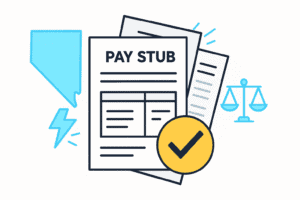
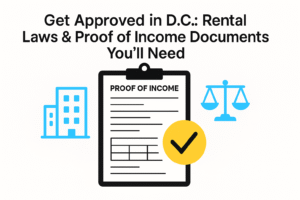
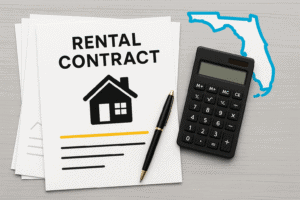
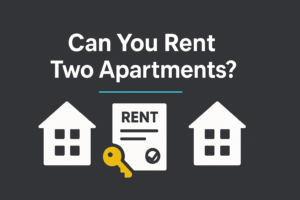

Add comment